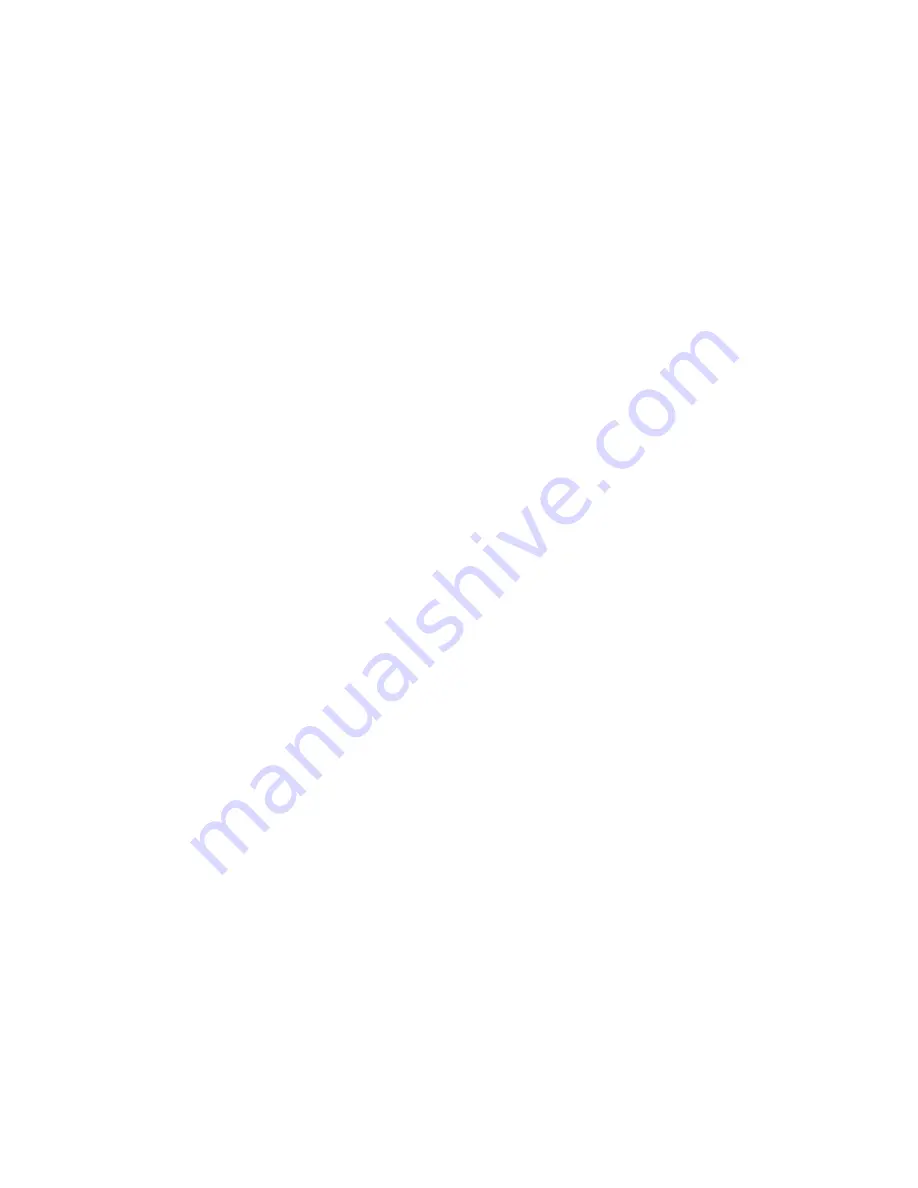
1
Special concerns for hihats
Hihats have a few extra fade parameters, as in many ways the hihat has the most complex choking behaviour within a drumkit.
There are 3 separate choke fade types for hihats: pedal notes and closed tip notes have separate choke fade times to the rest of
the hihat’s articulations. It is recommended that the pedal and closed tip choke fade times are kept at low values, while the other
hihat choke fade times (covering all open articulations as well as the closed shank articulation) should be kept at higher values.
The pedal is the only thing that chokes an open hihat when playing a drumkit. When playing BFD2’s sounds from an electronic
drumkit, the pedal note sent out when the pedal is moved down fully is the note used to choke an open hihat.
It has also become conventional for sample-based drumkits to choke open hats with a closed hat note. Therefore, the closed tip
choke fade time is also provided and is set to a low value by default.
Open hihat positions and the closed shank articulation are splashier sounds that react similarly to cymbals when played repeat-
edly in succession.
Default choke fade (base)
Default choke fade (range)
Hihat choke fade (base)
Hihat choke fade (range)
Hihat closed tip choke fade
Hihat pedal choke fade
Tom choke fade (base)
Tom choke fade (range)
Cymbal choke fade (base)
Cymbal choke fade (range)
Cymbal choke fade (manual)
The minimum fade time for all kit-piece slots without indi-
vidual fade times (kicks, snares and percussion).
The maximum fade time for all kit-piece slots without indi-
vidual fade times (kicks, snares, percussion).
The minimum fade time for the hihat slot.
The maximum fade time for the hihat slot.
The choke fade time applied to previous hihat sounds
when a closed tip hihat is triggered.
The choke fade time applied to previous hihat sounds
when a pedal hihat is triggered.
The minimum fade time for the tom slots.
The maximum fade time for the tom slots.
The minimum fade time for cymbal slots.
The maximum fade time for cymbal slots.
The choke fade time for manual choking a cymbal using
the slot choke articulation, or using poly pressure mes-
sages sent out by electronic drumkits.
Detail
The Detail settings allow you to set the level of velocity layer detail for each kit-piece class: kicks, snares, hihats, toms, cymbals
and percussion.
These settings operate relative to the Max velocity layers setting – in other words, the lower detail levels proportionally reduce the
number of layers specified in this setting. Velocity layers are selected at proportional intervals over the velocity range, so you still
get the benefits of BFD2’s natural variations in kit-piece timbre and dynamics, only with less ‘resolution’ over the velocity range.
Four detail levels are available:
Minimal
Only one velocity layer is loaded for each articulation in the kit-piece class. The Vel to Amp setting for each loaded articulation is
automatically set to +100%, in order to scale the volume over the velocity range.
Small
BFD2 loads approximately a quarter of the ‘max velocity layers’ setting for each articulation in the kit-piece class.
Medium
Approximately half of the max velocity layers setting are loaded for each articulation in the kit-piece class.
Large
The maximum possible amount of layers, as specified by the max velocity layers setting, are loaded for each articulation in the
kit-piece class.
















































